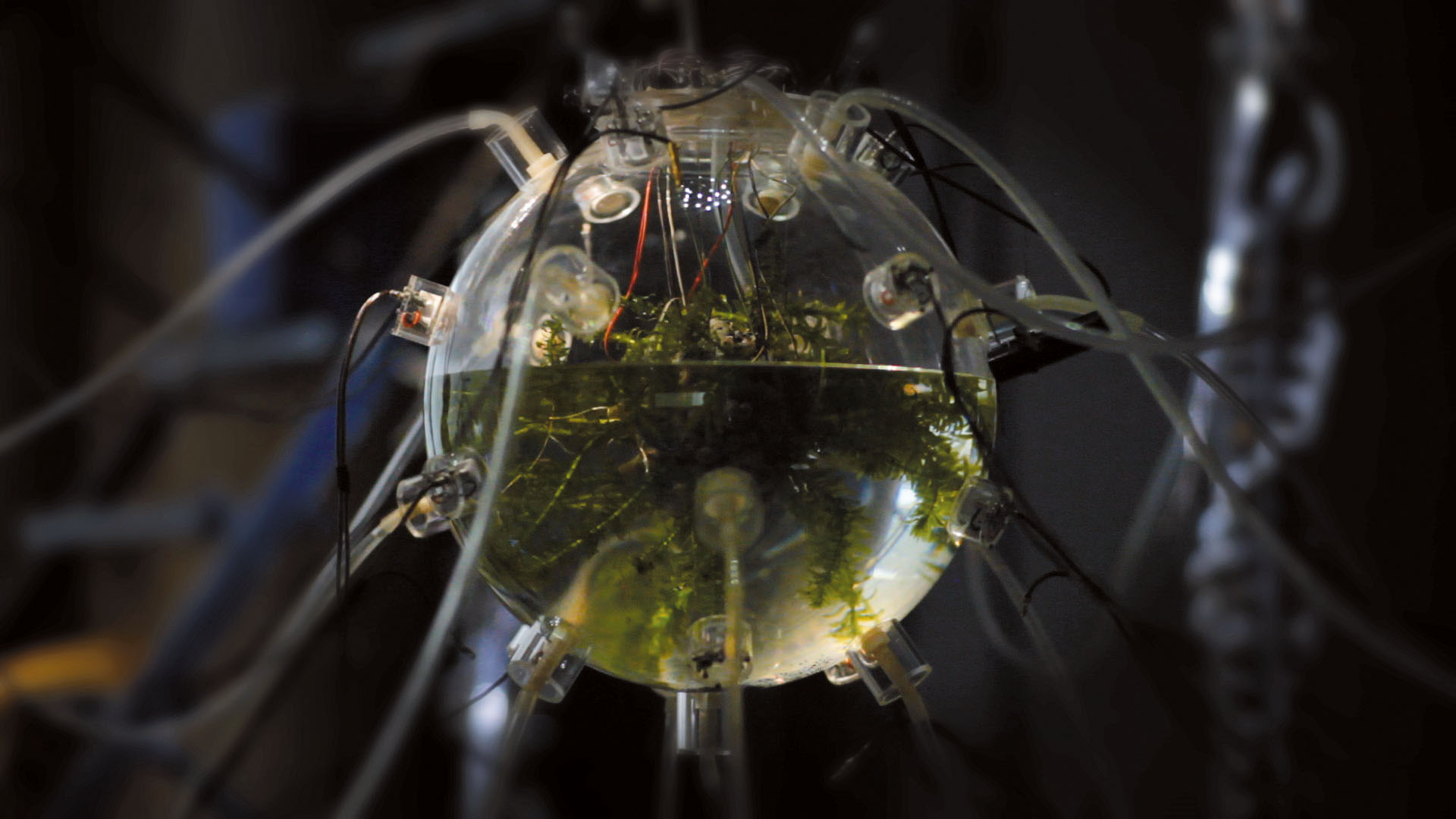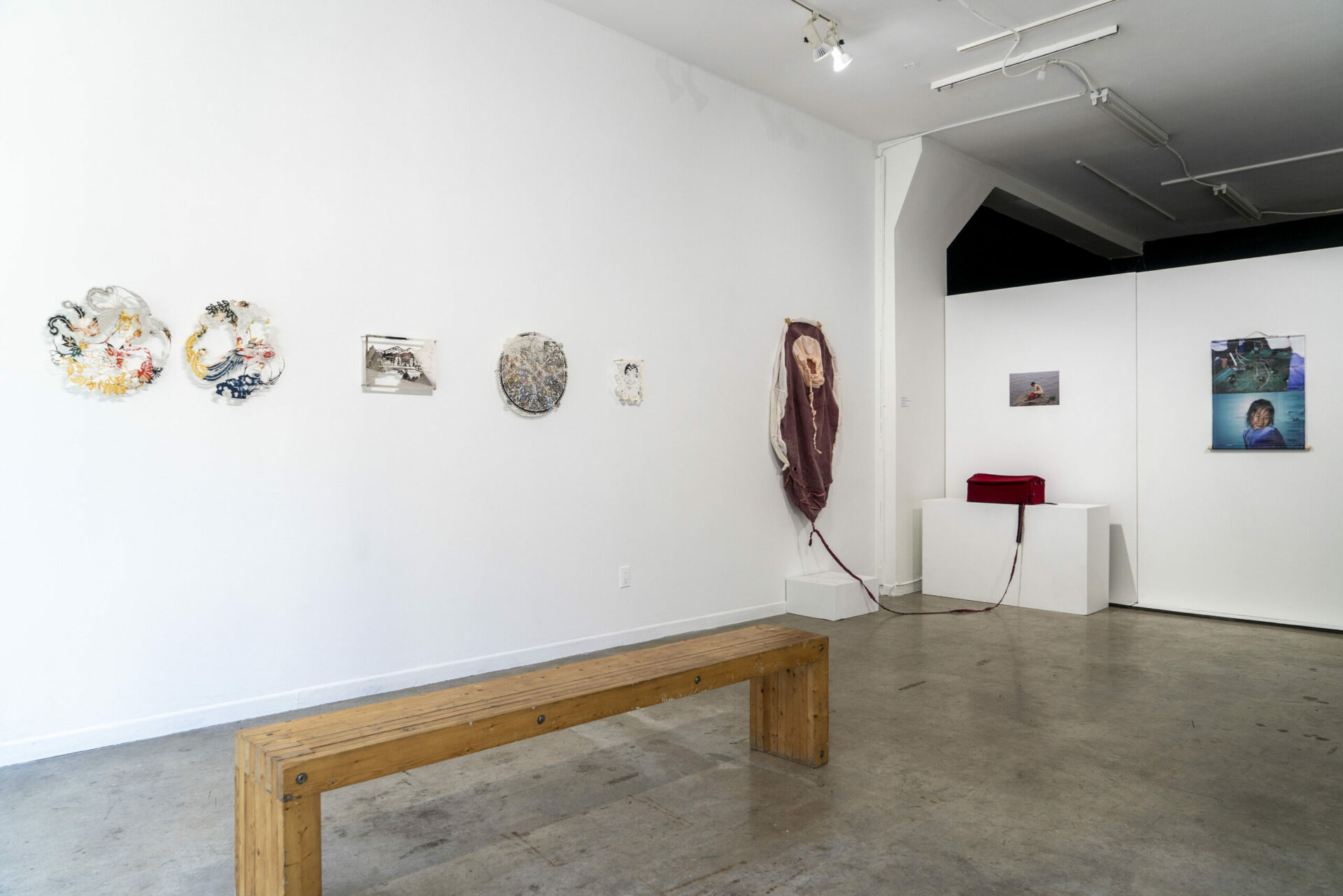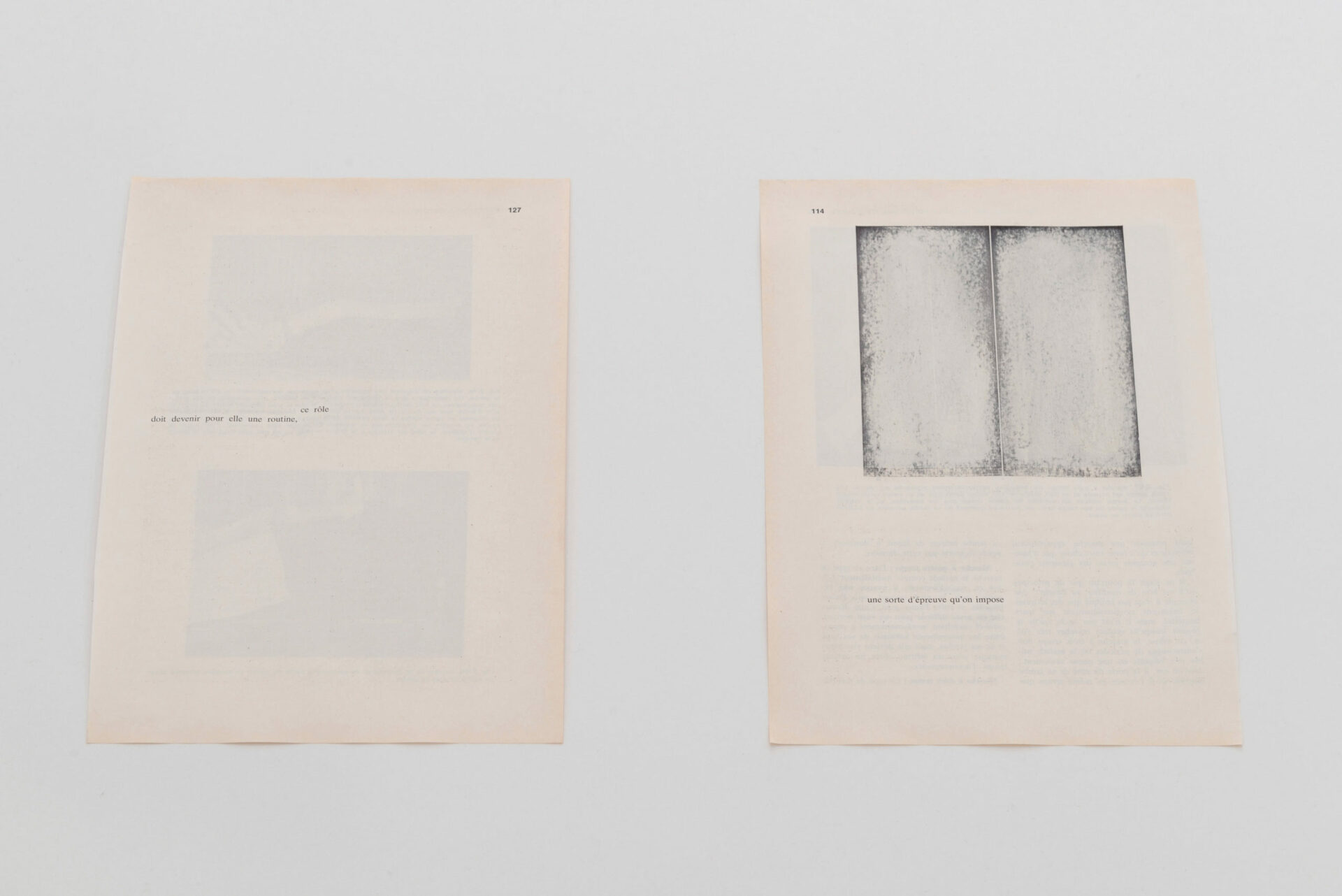What Was Always Yours And Never Lost
September 20–21, 2019
September 20–21, 2019
What Was Always Yours And Never Lost opened with a land acknowledgement by curator Sky Hopinka, a speech act that has largely become formalized in Canadian cultural institutions but that remains irregularly practised below the 49th parallel. Framing the film screening, Hopinka underscored that the works shared an underlying familiarity with the existential violence of settler colonialism in the Americas even as they differed in their formal qualities—content, context, and tone.
The first of nine short films, Caroline Monnet’s Creature Dada (2016) opened the programming with bacchanalian celebration: An intergenerational cast of Native women artists and activists gather to feast in an extravagant setting as the world ends. Rapidly moving sound and image sequences work in tandem to create a dense environment that is disorienting yet firmly rooted in a powerful iconography. The noisy slurps, gurgles, and sips of champagne, oysters, and lobster unsettle the visual landscape of a still life animated with the laughs, toasts, and degustation of the performers. Shifting away from the affect of Monnet’s stylized scene, Thirza Cuthand’s humorous narratives provided potent commentary with playful DIY aesthetics. 2 Spirit Introductory Special $19.99 (2015) and Just Dandy (2013) treat Queerness, sexuality, love, and the complexity of interpersonal relationships as prevalent issues shaping contemporary subjectivity. Embodying a mock infomercial host and a scorned lover on open mic night, Cuthand’s personas were both appealingly relatable and easy to laugh with, while maintaining a critically incisive dark edge.
Create your free profile or log in now to read the full text!
My Account


